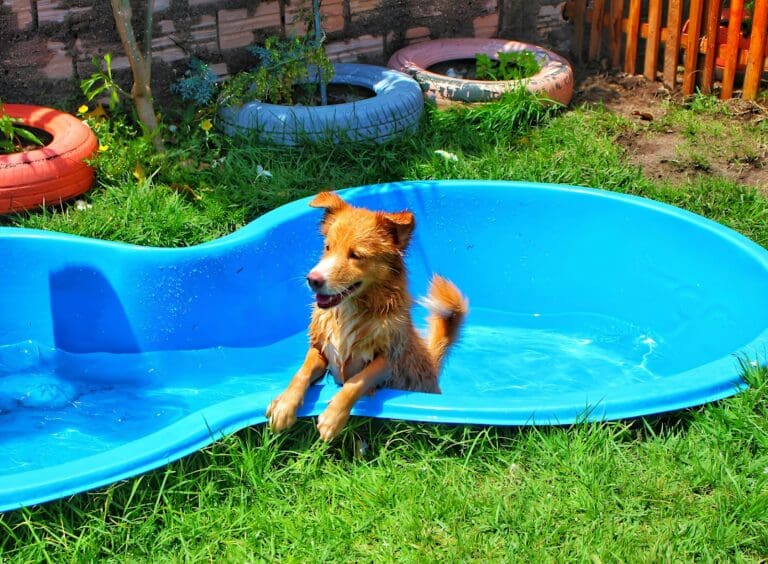The mesmerizing world of saltwater aquariums is an incredibly rewarding experience, but it’s essential to assess whether a saltwater fish tank — or saltwater fish in general — are the right choice for you as a beginner. Here’s everything you know to get started.
Before You Begin: Are Saltwater Fish the Right Pet for You?

Saltwater tanks are known for their stunning marine life and vibrant coral reefs, but they also come with specific challenges that differ from freshwater setups.
Saltwater fish can only live within strict parameters in water maintained at the right salinity, pH, and temperature. Constant upkeep is required.
Before diving in, consider factors such as your level of commitment, budget, and willingness to learn about the unique demands of a saltwater environment.
Sound daunting yet? Have no fear. If you’re prepared for the journey, we’ve gathered the most valuable tips to ensure your success in maintaining a thriving saltwater fish tank.
1. Do the Research First
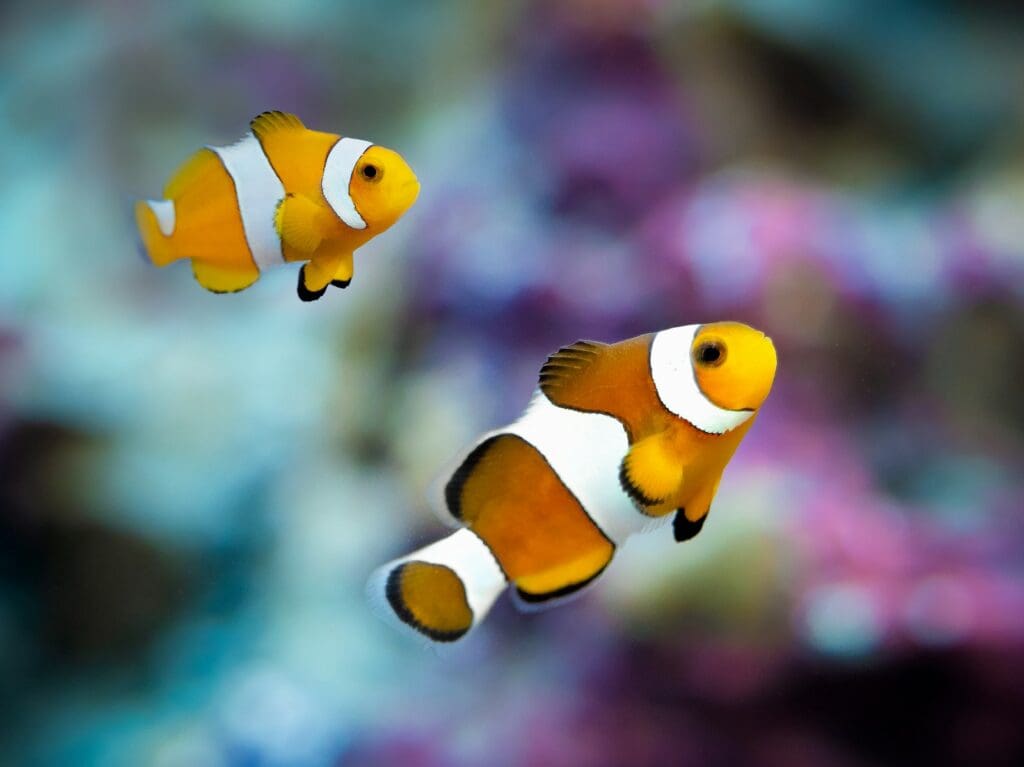
Educate yourself about different fish species, their compatibility, and their care requirements. Each species has specific needs regarding water temperature, salinity, feeding habits, and tank size.
Saltwater tanks require patience. Once you do get started, allow time for your tank to establish its ecosystem, and learn its intricacies while you’re at it. Avoid making hasty decisions that could disrupt the balance.
2. Start with a Longer and Bigger Tank
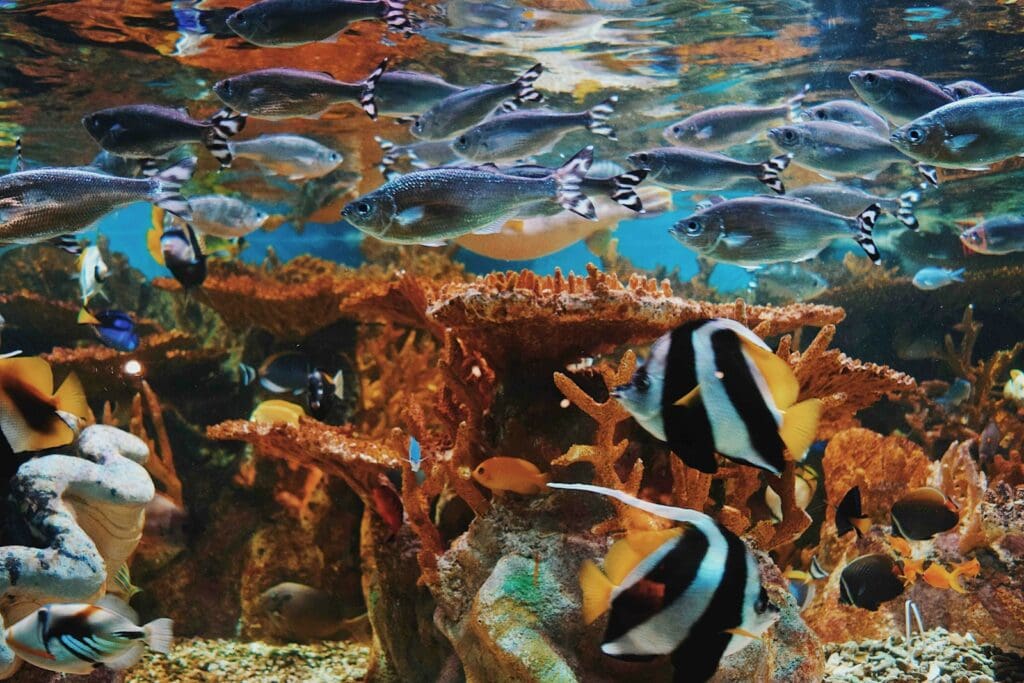
Beginners should start with a tank of 40-50 gallons. A greater volume of water leaves a greater margin for error and will lessen the impact of changes in water conditions on the tank’s inhabitants.
Invest in a longer tank versus a taller tank, as fish mostly swim horizontally. Also be aware, the deeper the tank the more light that’s needed to penetrate to the bottom. This extra light could cause too much heat, requiring a chiller, which is expensive and consumes a lot of electricity. Another reason to start with a long tank.
3. Cycle Your Tank
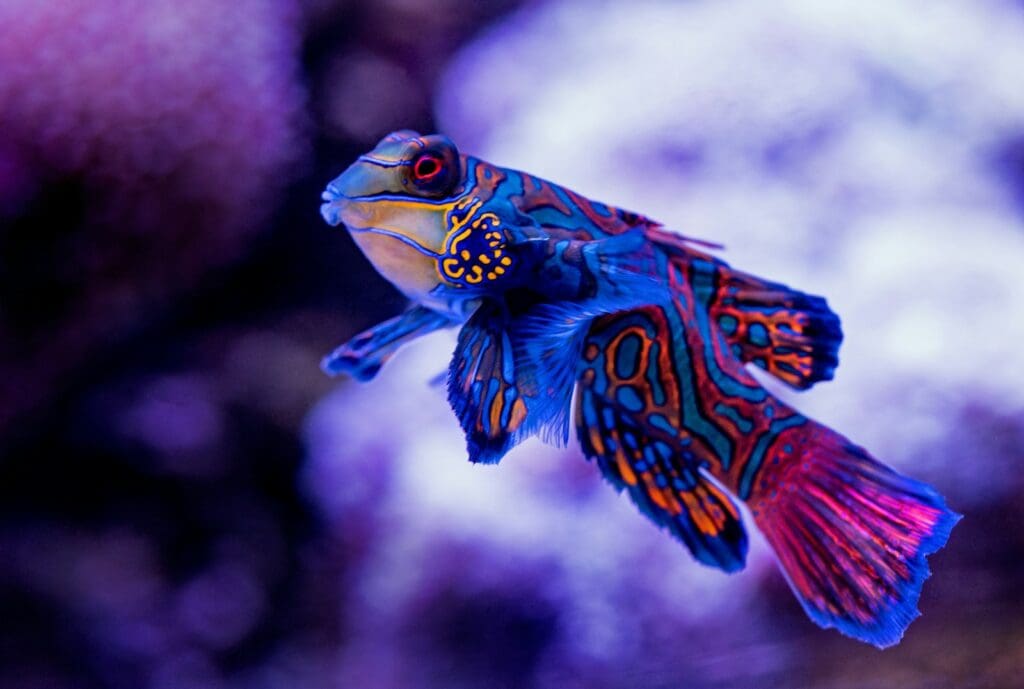
“Aquarium cycling” is the process of establishing beneficial bacteria that regulate the conversion of ammonia to nitrate. Establishing a healthy nitrogen cycle is vital. Use live rock or substrates to help develop beneficial bacteria that break down waste. This cycle ensures a stable environment for your fish and other inhabitants.
Aquariums take about 4-8 weeks to cycle based on the size, pH, and temperature of the tank. Introduce no more than 10-20 percent of the fish you want in your tank to start, about 1 small fish for every 10 gallons of water. Feed fish lightly and gradually increase over the next 4-6 weeks.
4. Invest in Quality Equipment
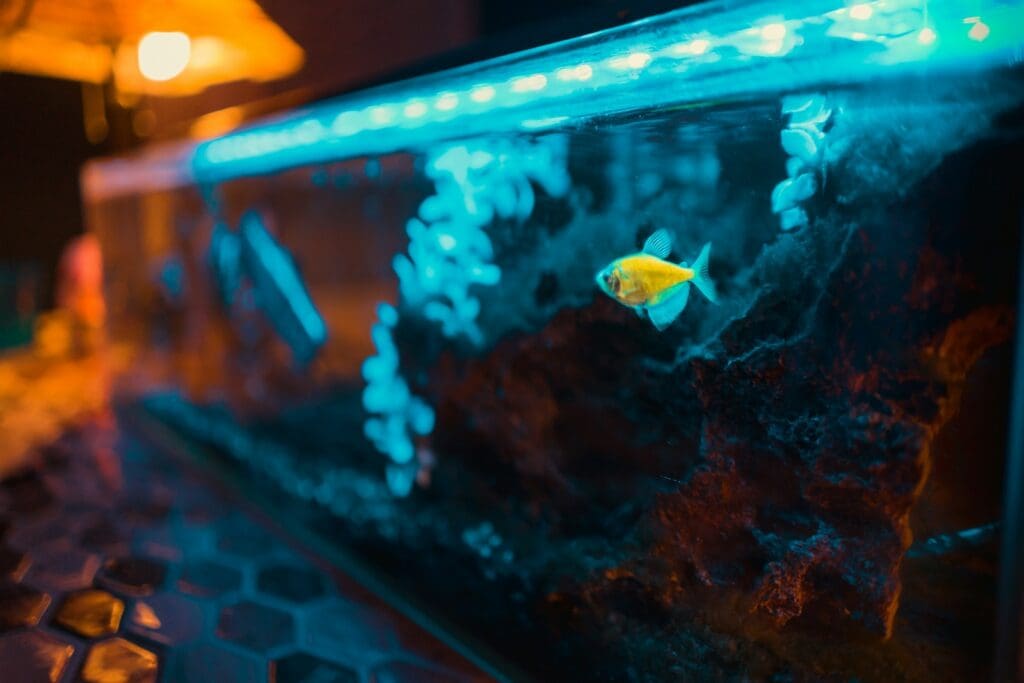
Quality equipment is essential for maintaining proper water parameters. There are several items you’ll want to have prepared before you bring your new fish babies home. You’ll need to invest in a reliable heater, protein skimmer, filtration system, and lighting appropriate for the corals you plan to keep.
Hang-on-the-back filters (HOB) will reliably remove nitrate and ammonia from your tank, and models with a biowheel are best. Use a protein skimmer to help remove foamy, organic waste that collects at the top of your aquarium.
5. Monitor Water Parameters
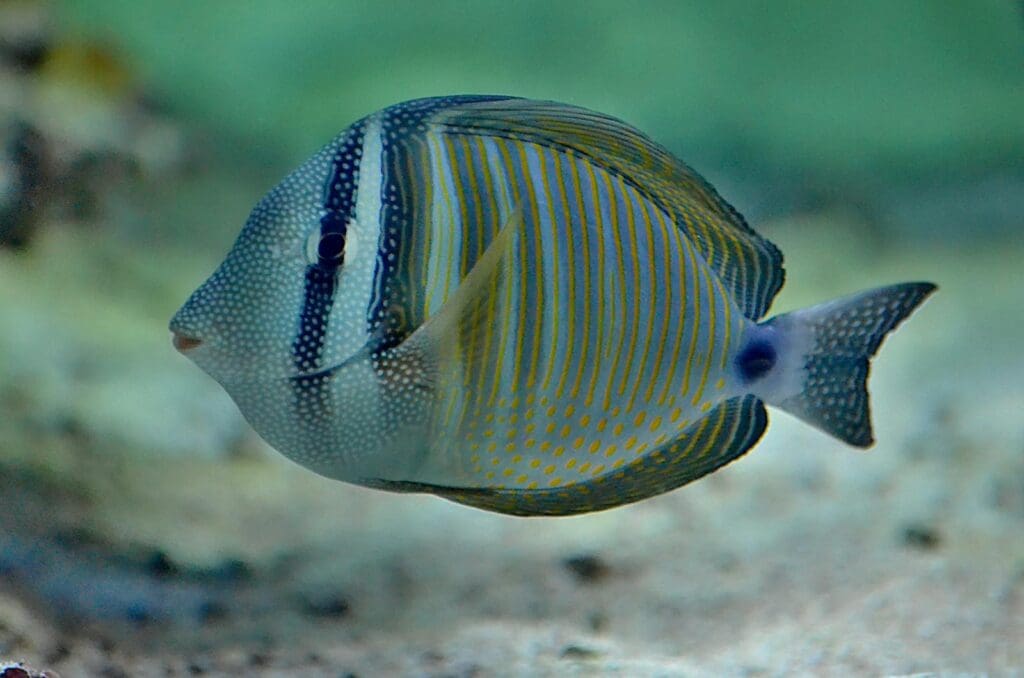
Saltwater is prone to evaporation more quickly than freshwater, and leaves behind salt, leading to higher levels of concentration. You’ll likely need to top off your aquarium with warm fresh water daily to keep your tank’s salinity constant. Consider investing in an automated top-off system to replenish evaporation water loss.
Regularly check water temperature, salinity, pH, ammonia, nitrite, and nitrate levels. Fluctuations in these parameters can stress your fish and harm delicate corals. To monitor salinity using a hydrometer or refractometer.
6. Gradually Introduce Fish
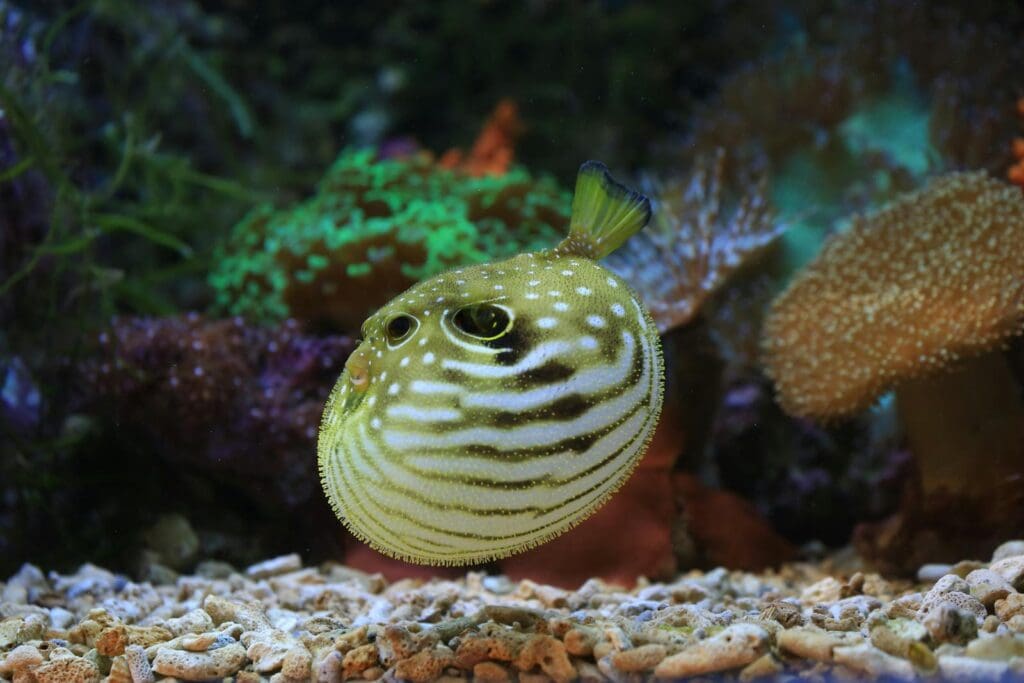
You should wait a few days, perhaps even a few weeks, before putting your first fish in a new tank. Give the tank water time to become clear and stable, and establish a biological filter.
Avoid adding all your desired fish at once. Introduce new fish slowly to prevent overloading the tank’s biological capacity and minimize stress among the existing inhabitants. A general rule of thumb is 1″ of fully matured fish for every 3-5 gallons of tank volume for a new saltwater aquarium.
7. Quarantine New Additions
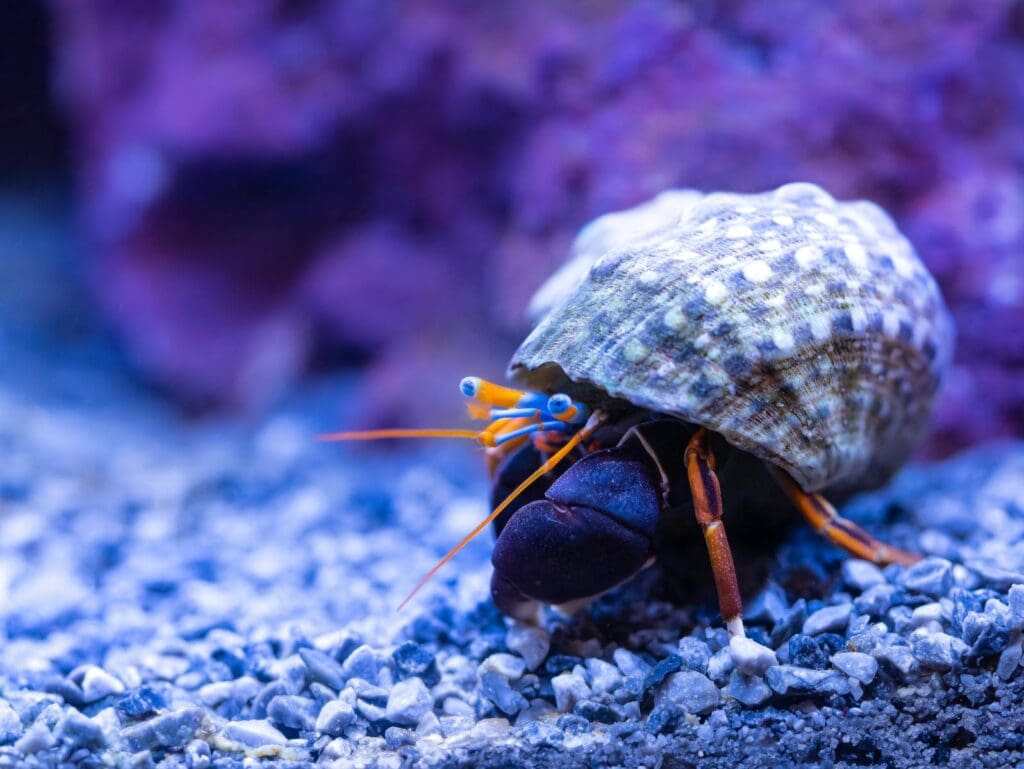
Do a daily check on the health of your fish. Feedings are a good time to check their health, as well as ensure they are eating properly.
Quarantine any new fish or corals before introducing them to your main tank. This helps prevent the spread of diseases that can devastate your entire tank.
8. Select Hardy Fish Species
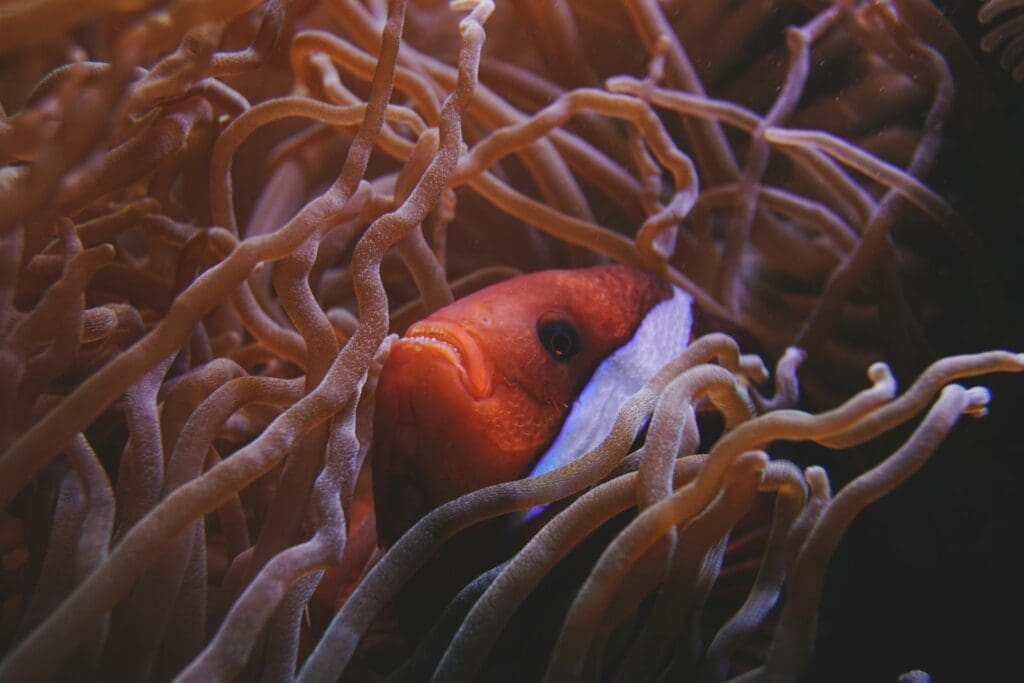
As a beginner, opt for hardy fish species that are more forgiving of minor fluctuations in water conditions. Damsels, gobies, and clownfish are good options to start with.
Other good beginner choices are yellow tang, auriga butterflyfish, longnose hawkfish, six-line wrasse, flame hawkfish, azure damselfish, chalk bass, royal gramma, cardinal fish, dwarf/pygmy angelfish, green chromis, flame angel, lawnmower blenny, flasher wrasse, and more.
9. Maintain Consistent Lighting
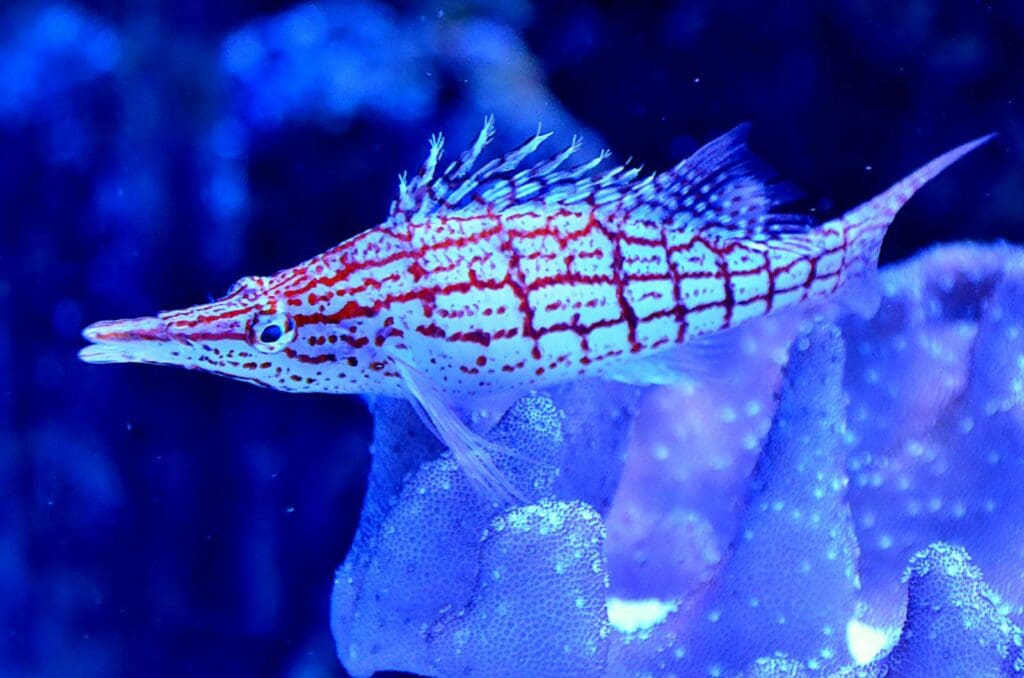
Corals require specific lighting conditions to thrive. Choose lighting systems that can provide the necessary spectrum and intensity for your chosen corals.
The basic types of lighting to consider are standard fluorescent bulbs (T 12), compact fluorescent bulbs, metal halide, T5HO, LEDs, and hybrid lighting.
It’s important to have backup equipment such as a heater, and spare parts for critical pumps and filters. Needing a critical part that takes days to be shipped could result in a significant loss of marine life in your aquarium.
10. Have Backup Equipment
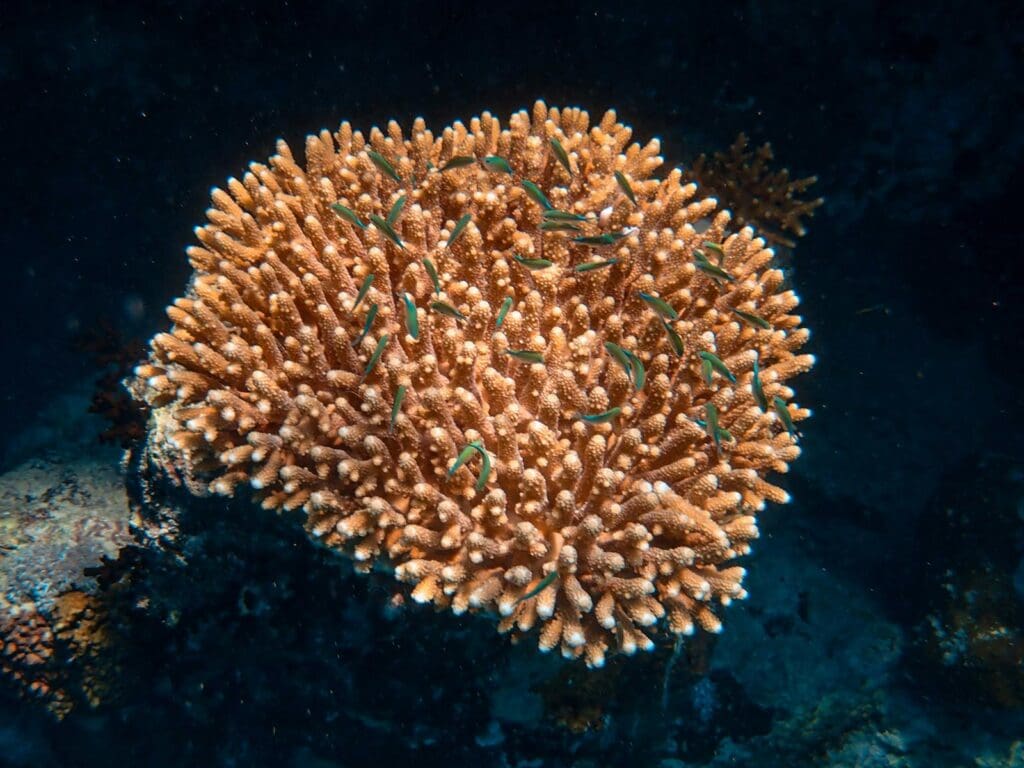
It’s also wise to have a battery-powered aerator in case you have lengthy power outages that last from hours to several days. If you have a lot of expensive fish, it’s well worth the investment in backup equipment.
Navigating the World of Saltwater Aquariums
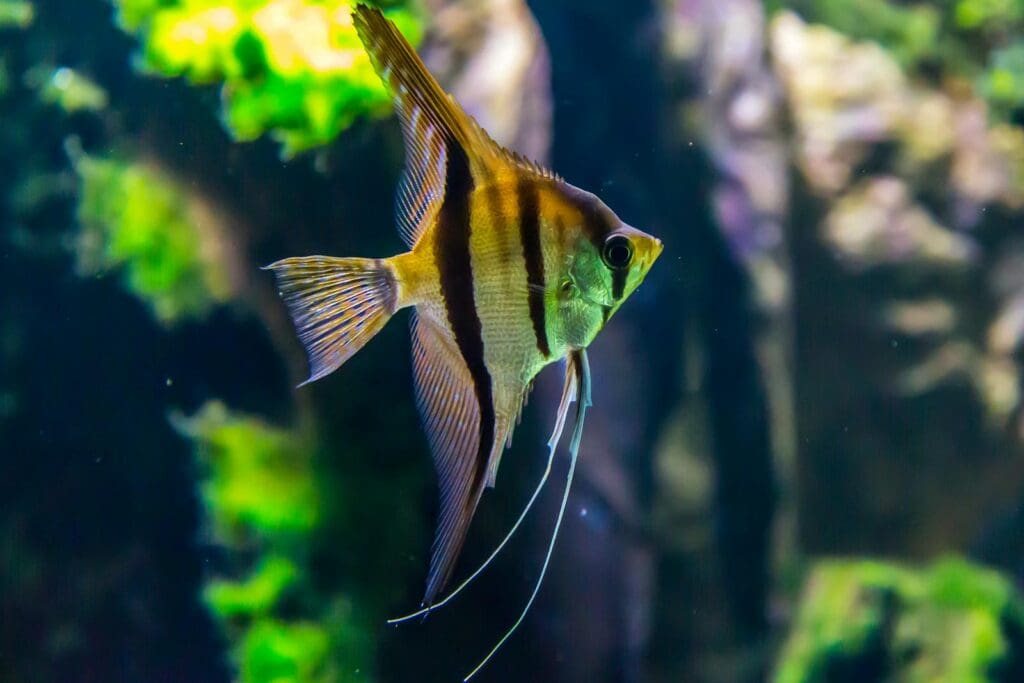
Setting up and maintaining a saltwater fish tank demands dedication, time, and a willingness to learn from both successes and challenges. The captivating beauty of a thriving saltwater environment is well worth the effort, but it’s essential to take it step by step.
Remember, mistakes and setbacks are part of the learning process. Don’t hesitate to seek advice from experienced hobbyists or local aquarium shops when you encounter difficulties.
By following these tips and continuously expanding your knowledge, you’ll be on your way to creating a captivating marine oasis that brings the mesmerizing allure of the ocean into your home.



